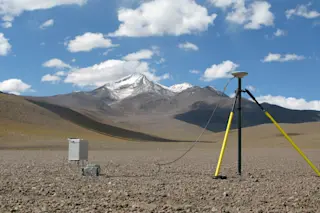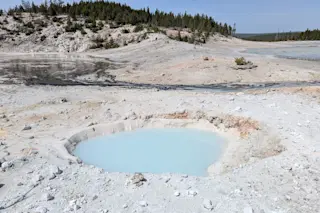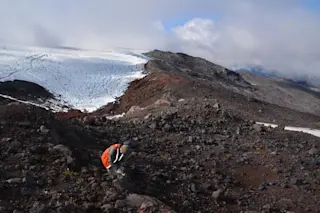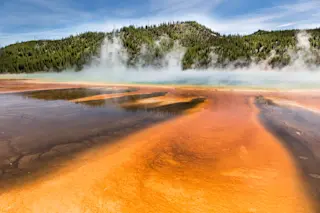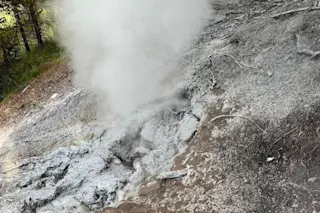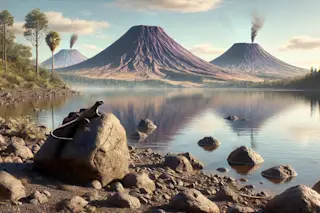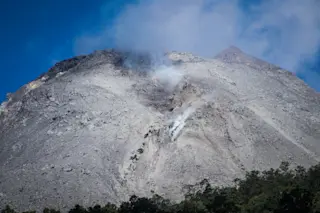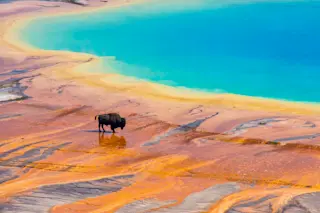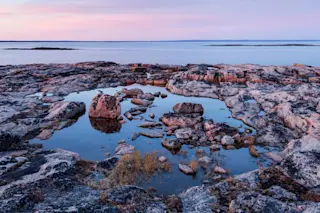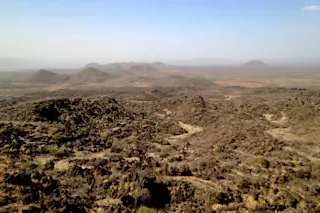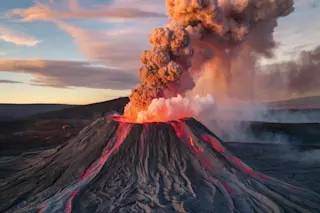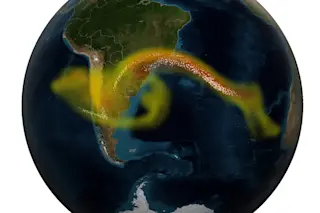Does seismic activity under this long-dead volcano mean it’s about to rise from the grave? That’s what an international research team set out to discover as this Bolivian “zombie” volcano continues to show signs of activity.
Using modern technology, the team mapped out the internal workings of the volcano and determined how likely it could erupt, according to a new study, published in the Proceedings of the National Academy of Sciences.
Uturuncu hasn’t erupted in over 250,000 years. And while many claim that it is a dormant volcano, area residents and researchers continue to notice signs of volcanic activity, such as earthquakes and plumes of smoke emanating from it.
According to the study, this type of unrest is characterized by a sombrero pattern, where the landmass in the center of the volcano rises, while the land around it sinks.
This activity has caused unrest to the surrounding populations, as an ...



